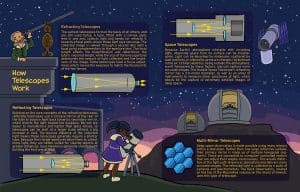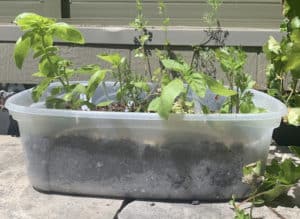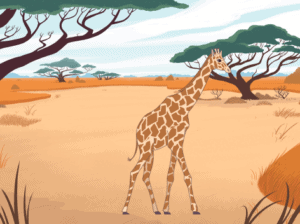
STEAM Science: Solar Oven – Dinner is served!
 Middle - Secondary
Middle - Secondary
The premise of this experiment is that you can use the sun to “cook” things. It’s a first step to understanding the concepts of renewable energy, and how the sun’s heat can be harnessed as a tool to help us achieve our goals, without using nonrenewable energy sources.




















